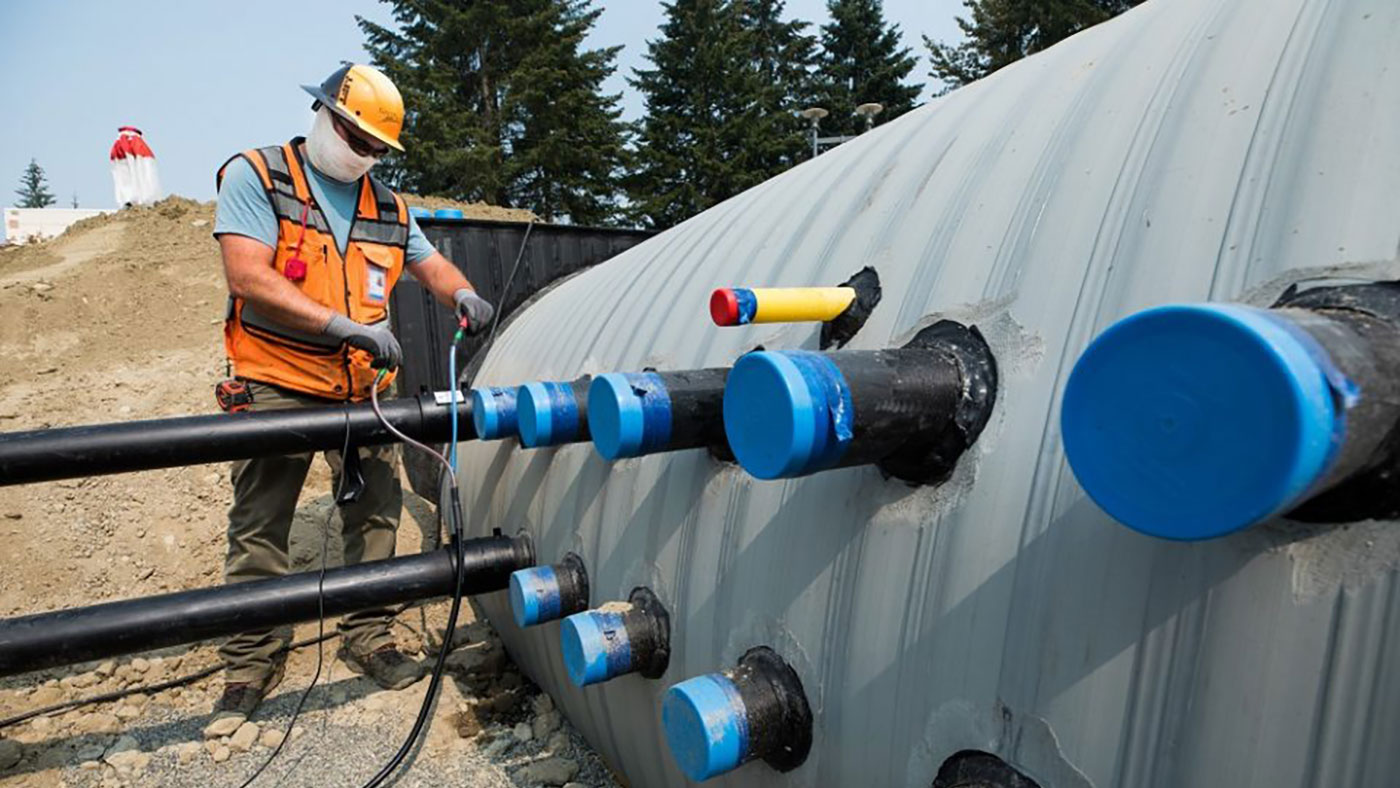Climate change is one of the most urgent problems of our time, and our best chance of addressing this challenge is decarbonizing the world’s economy, i.e., going “carbon negative”. A carbon negative world can only be achieved with carbon removal technology, currently not sufficiently efficient or economical to reach a global scale due to its high resource requirements.
Microsoft has one of the most ambitious Corporate Responsibility programs globally. Among its commitments is a pledge to remove all carbon emissions since the company’s founding by 2050. While Microsoft’s commitment will contribute to decarbonization, meaningful “carbon negative” cannot be accomplished by any single organization. It will require global action, preceded by significant research and development in engineering, technoeconomic and environmental assessments, and production methods, areas where Microsoft Research’s expertise in computational tools can accelerate solution development.
Project Carbonix will address this by pushing the understanding of materials and systems engineering for carbon negative goals, starting from a desired set of properties. The Carbonix mission is to direct computational tool development efforts and expertise of these teams, along with complementary domain expertise of a global ecosystem of external research leaders, to accelerate materials and systems engineering for the economical decarbonization of the environment. We will achieve this by focusing on:
Materials and systems engineering
- Remove: Capture carbon from ambient sources in the environment to achieve carbon removal
- Recycle: Transform captured carbon into higher economic value functional materials that provide long-term carbon storage
Lifecycle assessment
- Record: Drive higher quality and lower cost lifecycle environmental impact assessments, including carbon emissions, to enable their routine usage in new materials development and optimization
Individually, developing state-of-the-art inverse materials engineering and improving the accuracy of lifecycle assessment will hasten progress in their respective fields. Together, automated lifecycle assessments enable bringing environmental concerns into the materials engineering process early on, ensuring that tomorrow’s materials are designed with sustainability in mind.
We are working on accomplishing these goals in cooperation with our colleagues in the Microsoft Research AI4Science lab and through the Microsoft Climate Research Initiative, which facilitates targeted close collaboration with multiple universities.

